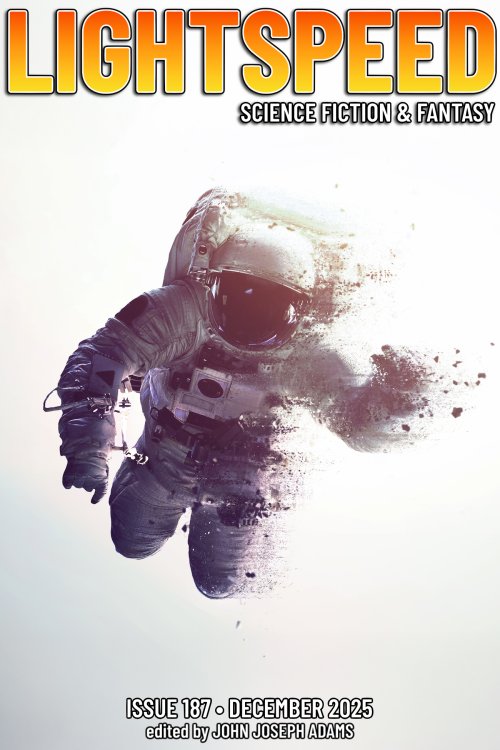Editorial
Editorial, October 2010
Welcome to issue five of Lightspeed! On tap this month… Fiction: “Hindsight” by Sarah Langan, “Tight Little Stitches on a Dead Man’s Back” by Joe R. Lansdale, “The Taste of Starlight” by John R. Fultz, “Beachworld” by Stephen King. Nonfiction: “When Universes Collide” by Dr. Pamela Gay, “Feature Interview: Marc Laidlaw” by Matt London, “Considering Cryonics” by Gregory Benford, “Five Planets that Will Kill You Dead” by Genevieve Valentine.








